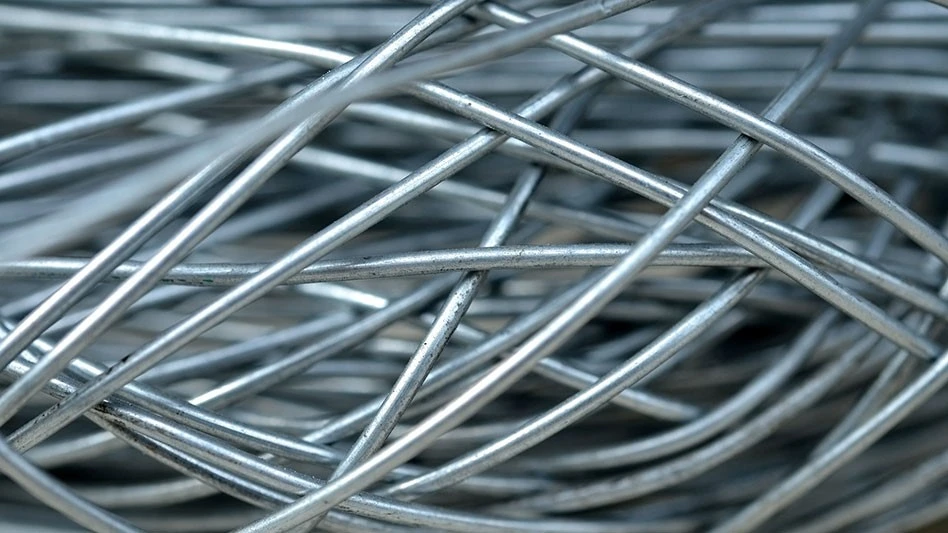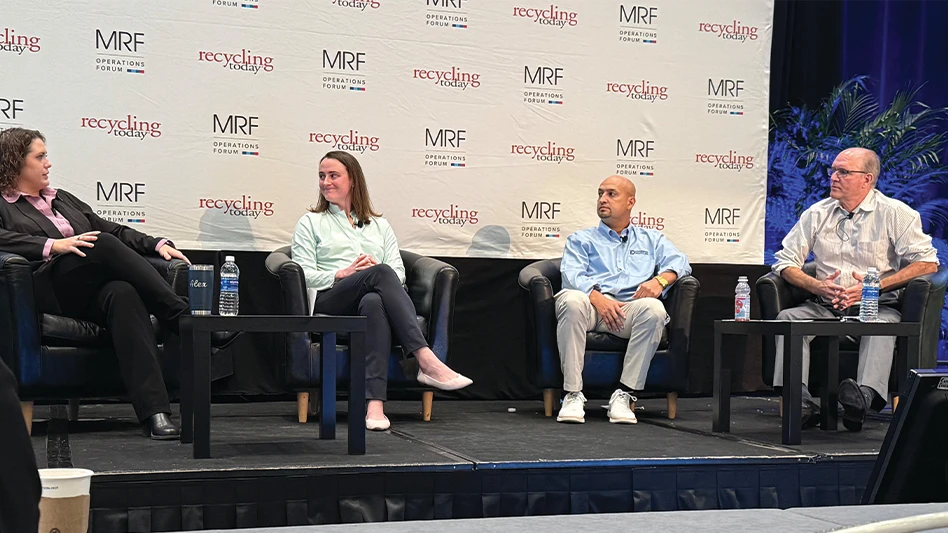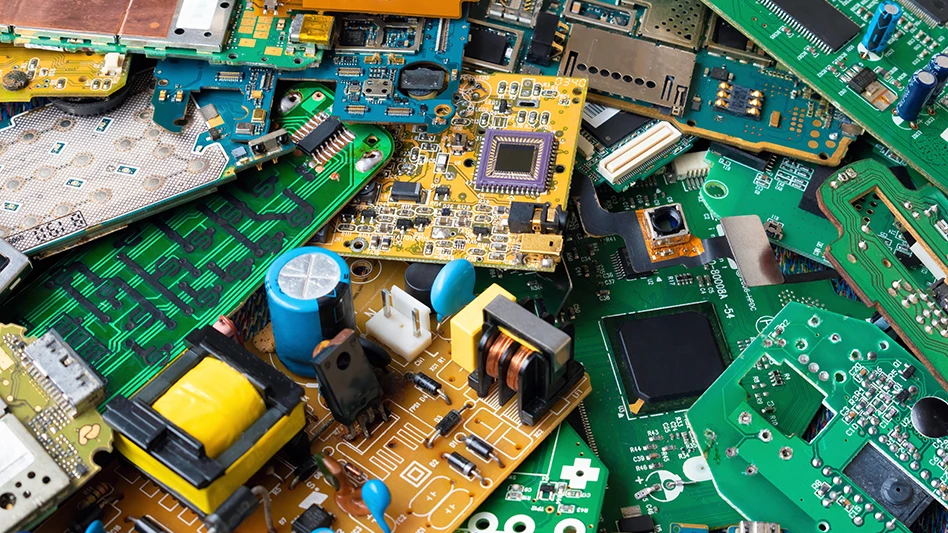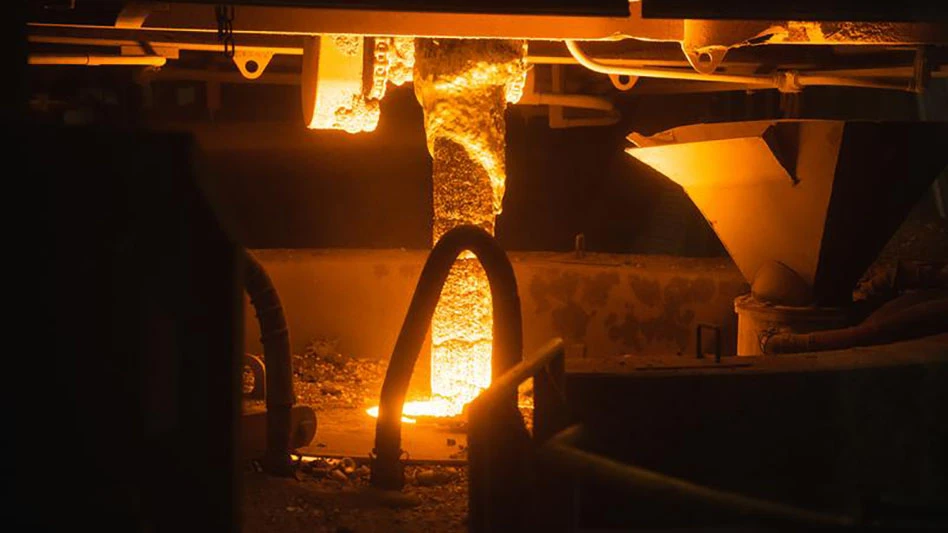
Avantgarde | stock.adobe.com
Hurricane Ian and similar storms that brought down power lines and flooded homes and businesses this fall have increased scrap flows for some nonferrous processors in the U.S.
Zachary Mallin of Mallin Cos., a wire and cable processor based in Kansas City, Missouri, says material is flowing strongly into the company’s facility. “There have been several natural disasters that required cleanup and demolition, also there is still strong construction in the Midwest that generates scrap material,” he says. “As our country continues to work on our electrical grid and energy policies, there will continue to be strong inflows of scrap wire between installation and wire manufacturing scrap.”
While scrap is being generated, demand is softer, Mallin says.
“Currently, most aluminum consumers are cutting back. There have been several mills who will not accept material for the remainder of the year or are pushing orders back to a later date,” he says.
Mallin adds that a number of aluminum scrap consumers have opted not to commit to contracted tonnage in 2023, instead choosing to buy on the spot market, which is what Recycling Today has heard from a number of other scrap processors and traders.
“This will certainly affect the price they are willing to pay,” Mallin says.
He notes that spreads on aluminum are widening as a result of the softer demand and high inventories. Despite that, the Midwest premium has increased, Mallin says. “Not by much, but it has gone up after a continuous decline.”
According to Davis Index, the official London Metal Exchange (LME) settlement price Nov. 15 was $2,409 per metric ton, or $1.06 per pound, an increase of $70 per metric ton from Nov. 8. Davis Index adds that the Midwest Transaction Price saw a slight increase, though the P1020 premium decreased somewhat.
“I think there is also a lot of international turmoil, and trying to figure out how to handle the supply of aluminum with Russia moving forward will be interesting to see,” Mallin says.
The LME published via Notice 22/240 its “Discussion Paper on Russian Metal” Oct. 6, soliciting feedback on the ongoing acceptability of including Russian metal for good delivery on the exchange following Russia’s invasion of Ukraine.
The discussion period was open for three weeks, closing Oct. 28.
In the discussion paper, the LME laid out three potential paths forward: maintaining the status quo (Option A), prohibiting the warranting of new Russian metal from LME warehouses (Option C) or imposing thresholds or similar limits on the warranting of new Russian metal (Option B).
In its response paper published Nov. 11, the LME writes: “In summary, the LME has concluded, on the basis of feedback received, that the thesis which would underpin fears of a disorderly market (in particular, a sufficiently large proportion of global consumers refusing to accept Russian metal in 2023) is not supported by evidence at this time. Accordingly, the LME does not propose to prohibit the warranting of new Russian metal (Option C). Additionally, feedback clearly indicated that thresholds or similar limits would be too complex to be practicable (Option B). As such, the LME will proceed with the status quo in respect of Russian metal (Option A).”
In the red metals sector, in the Nov. 18 edition of “The Copper Journal,” John E. Gross writes that it’s “noteworthy that despite low inventories and markets in deficit, LME metals, on a cash to three-month basis, have reverted to a contango structure, with the exception of tin. Last month at this time, copper’s Cash to 3s stood at a $100 [per metric ton] backwardation but finished last week in a $39 contango,” which is when the futures price of a commodity is higher than the spot price.
“Likewise, spreads on Comex are in a slight contango, and for the first time in a while, copper flowed into all three exchange warehouses last week, with 22,713 [metric tons] going on warrant,” he writes.
“Similar to the sentiment that precious metal prices ‘should be/will be higher,' the same point of view applies to the nonferrous family for all the obvious reasons. But they are not appreciably higher, and given the bear market structure we perceive, it appears to us that there is more downside rather than upside potential. We say this not on the basis of the fundamentals because the fundamentals suggest prices should be higher,” Gross adds.
“Our view, however, is influenced in part by our long-term copper study that tells us the bear market has further to go before it has fully run its course.”
Latest from Recycling Today
- AF&PA releases 2023 paper recycling rate, unveils new methodology
- ARA names new president
- Aurubis invests in Lünen, Germany, site
- ILA, USMX negotiations break down
- Van Dyk hires plastics industry vet to expand footprint in PRF sector
- Li-Cycle closes $475M loan with DOE
- Report highlights consumer knowledge gaps in lithium battery recycling
- AMP names CEO





